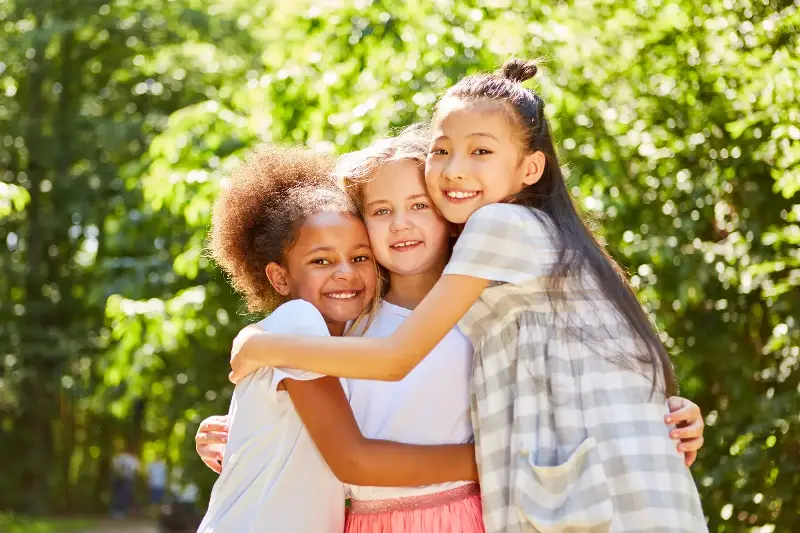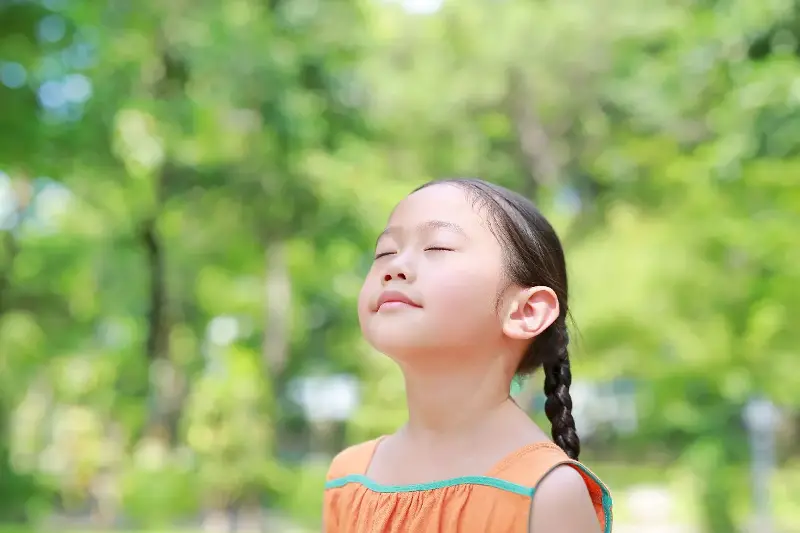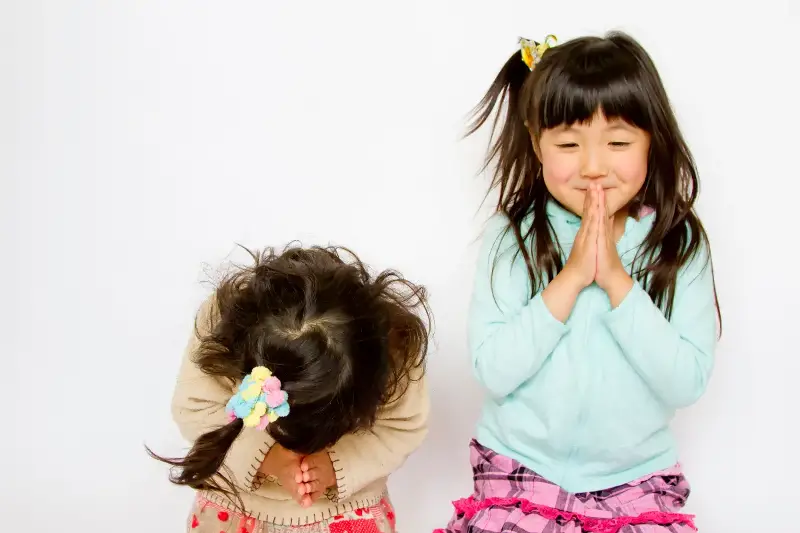Every parent knows the sound—raised voices, a stamp of a foot, maybe even a door slammed a little too hard. Whether it’s siblings squabbling over a toy or a playground feud brewing between friends, childhood conflict is as inevitable as muddy knees. Yet, inside each disagreement is an incredible opportunity: a chance to teach lasting skills for handling tough moments with calm and confidence.

Unlocking the World of Emotions
Step one in transforming arguments into growth is guiding your child to recognise and name their emotions. When a quarrel flares, their cheeks flush and their voices rise. Children feel anger, frustration, and disappointment with a fierce intensity—sometimes leaving them unsure whether to shout, cry, or walk away.
Here’s where you paint emotions in vivid colour for them. Label feelings as they arise. “It looks like you’re really angry because your sister took your game. Is that right?” This gentle acknowledgement helps children understand what’s happening inside, a key foundation before they can express themselves or listen to others.
Encouraging the use of a “feelings chart” on the fridge or using funny face magnets transforms emotional literacy into a playful, visual experience.
The Art of Listening: More Powerful Than You Think
Teaching your child to listen—really listen—can be transformative. In a world buzzing with distractions, listening deeply stills those ripples of conflict. Model the behaviour: crouch down, make eye contact, nod your head with sincere interest.
Try this game: after a heated exchange, have each child repeat what the other said, using their own words. You might be surprised at the giggles and “aha” moments that follow. Feeling heard is a balm for wounded pride and bruised feelings.
- Practise “reflective listening”: “So you’re upset that James didn’t let you have a turn. Is that right?”
- Acknowledge emotions before moving on to solutions.

Cool Off Before You Dive In
It’s rarely wise to solve a problem in the heat of the moment. Instead, empower your child to find their own calm. Create a “cool down space”—a cosy nook with cushions, picture books, and perhaps an aromatic lavender sachet—as a retreat. Teach simple breathing exercises: “Let’s pretend we’re blowing up a big, sparkly balloon. Breathe in, and out, slowly.”
Allowing a pause invites thoughtfulness and gently knocks bravado off the stage.
Finding Their Own Words: Expressing Needs Without Blame
Most squabbles spiral because children struggle to say what they want. Show your child how to use “I” statements, shifting the focus from blame to honest communication:
- “I felt sad when you picked the big swing before me.”
- “I need help sharing the colouring pens.”
Role play can be immensely helpful; turn it into a lively kitchen-counter drama, acting out different points of view. When children learn that it’s safe to state their needs, arguments lose their sting and transform into problem-solving opportunities.

The Magic of Apologies and Forgiveness
Modelling forgiveness and authentic apologies is not just about the words “I’m sorry.” It’s about the fizz of tension melting away and trust being rebuilt, moment by moment. Encourage your child to focus on the impact of their actions, as well as their intentions.
A heartfelt apology can sound like:
- “I’m sorry that I hurt your feelings.”
- “Next time, I’ll ask before I take your things.”
- “Can we cuddle and make up?”
The ritual of making amends is more than a lesson—it’s a tradition your family can wrap round itself like a warm blanket during stormy times.
Skill-Building Suggestions That Last a Lifetime
Want a quick cheat sheet? Embed these habits into your daily life for long-term results:
- Make storytelling a ritual: Share tales where characters solve disagreements wisely.
- Praise effort, not outcome: Recognise when your child tries to resolve a squabble, even if it doesn’t go perfectly.
- Stay consistent: Enforce boundaries with kindness and clarity.
These micro-moments accumulate, quietly shaping a child who feels seen, strong, and capable of tackling life’s inevitable conflicts.
As you guide your child, remember: every skirmish is a rehearsal for the future. Imagine a world where your child walks into adulthood not afraid of conflict, but equipped to meet it with empathy, courage, and genuine curiosity. What fresh adventures and friendships might open up if more of us grew up with these essential skills? The next chapter in peaceful living just might begin in the living room, nestled beside a well-loved teddy bear and two kids learning to listen—first to themselves and then, magically, to each other.
